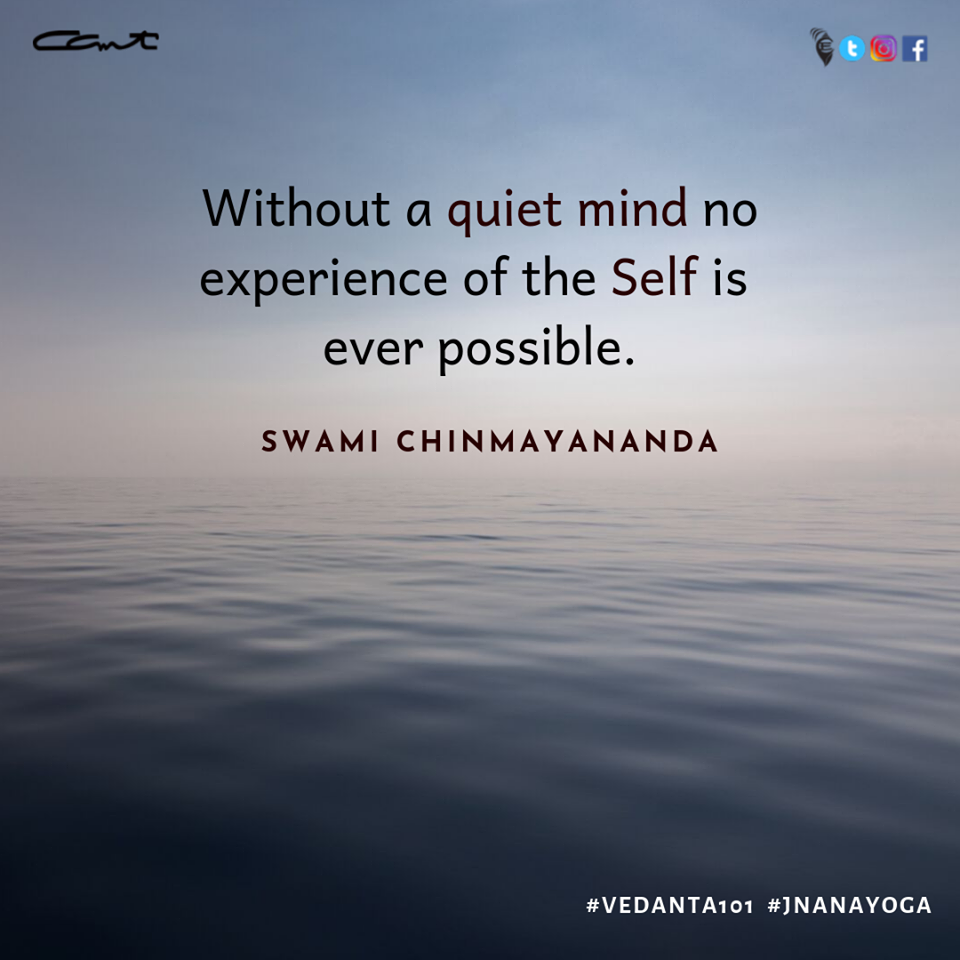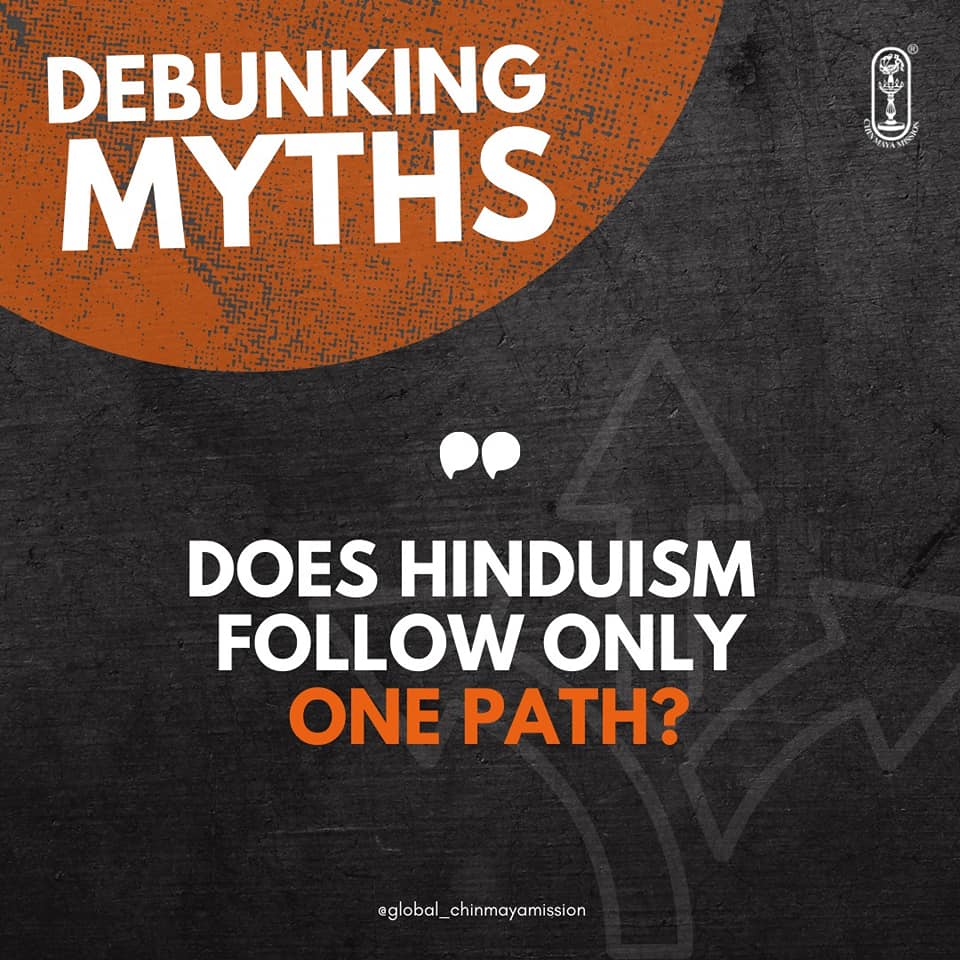644-Sri N. Ananthanarayanan
=======================================================================
====================================================================
Thursday, December 23, 2021. 6:00.AM.
IN TRUE BHARATIYA TRADITION :
=====================================================================
This article is a chapter from the book Chidanandam : The Joy of Knowing ‘Him‘.
This was written on the occasion of the Shashtyabda Purti Celebrations of Sri Swami Chidanandaji Maharaj
=====================================================================
It was a sunny winter afternoon in the Barabati Stadium grounds in Cuttack. Enjoying that sunshine and moving about in colourful groups were thousands of eager and enthusiastic men, women and children, high and low, rich and poor, literate and illiterate. They had come there not to attend a circus or a fun fair, nor to watch a game of cricket or football. The occasion which drew them in such large numbers was the All India Divine Life Conference and the centre of attraction was Swami Chidananda.
On the last day of the Conference, as the leading guests were gathered for a photograph, General Cariappa, who was seated next to Swamiji, leaned over and exclaimed, “I am amazed at the complete confidence and trust which these people repose in you!”
That comment gives us the measure of the man. Swami Chidananda, who like the soft and luminous Kartik moon, fully reflects that dazzling spiritual sun called Swami Sivananda, and today commands the complete confidence and trust of a large number of spiritual seekers all over the world. His followers and admirers belong to the meek and lowly as much as to the high and mighty.
It is common for people to go to the banker for funds, to the doctor for medicine, to the advocate for legal aid. But when they come to a saint they seek solutions for all these and much more. The saint is a complete man, with ready access to God, and there is no problem no matter what its colour, shape or size, that he cannot deal with. Moreover Chidananda, having risen above likes and dislikes, above the raga-dvesha currents that plague normal human relations in this world, always has a ready word of objective counsel and of fatherly advice to offer to whosoever may care to go to him for that guidance. Swamiji gives his sage advice not only to those who visit him at the Sivanandashram in Rishikesh, but himself goes out to people wherever they may be, as many times as they may need him; and that, despite his frail physical frame.
But then, was not Gandhiji a frail man too? And Ramana Maharshi? And Sri Sai Baba of Shirdi? What about that living saint Vinoba? Many of the true ascetics of Bharatavarsha have been frail without and powerful within. Their eyes have glowed with spiritual warmth and their faces have shone with spiritual radiance. People who live in God, who abide in the Spirit, are a class by themselves. Their physical frame may move in this world but their essential being is yet apart from this world and far above this world.
The Great Ones always have their close disciples to carry on their mission. Jesus had his apostles who spread out in the East and West, North and South. Buddha’s emissaries branched out to many countries. Ramakrishna Paramahamsa had his direct disciples who broadcast the message of their Master far and wide. Adi Shankara’s four gems headed the four Ashrams guarding the spiritual integrity of India. It is a glorious tradition, where the disciple’s tireless activity assumes a beautiful twofold character, that of paying tribute to the Guru and that of service to the God in man. In this glorious tradition, Swami Sivananda’s peerless disciples have been carrying on the work of dissemination of spiritual knowledge (a service so dear to the heart of the great Guru) all around the globe. Perhaps the most luminous among these torch-bearers of the Divine Life movement is Swami Chidananda who makes himself personally available to thirsting souls everywhere.
India has always respected these Acharyas, these Gurus and disciples. Not only India, but the whole world respects people who have spurned the world, who have risen above the world. The men of spiritual eminence, those who have gained complete mastery over themselves and thereby over others, are remembered long after great names in other walks of life are forgotten. In India itself, it is her saints and sages, her gods and goddesses, who keep the country together as a nation even today. Religion is the greatest single factor, the most powerful single force, of national integration in India. And in the outside world too, it is India’s spirituality which has gained for her the respect of nations and thinking individuals everywhere.
Saints live to indicate, they typify, their lives typify the crucial role which God and religion should play in our lives. It is they who set the correct standards to function as guidelines to the masses. The lives of saints proclaim that we have come to this world to evolve spiritually in our journey home to Brahman–through practice of bhakti, through service, through meditation. Even the portraits of saints inspire us. Meera with her tanpura inspires bhakti in us instantaneously; gives us lessons in meditation, in practice of serenity. The picture of Adi Shankara with his four disciples speaks volumes to us about the glorious gurukula system, the unique heritage of Bharatavarsha, where service and obedience were the watchwords of every disciple in relation to the Guru. Gaze at the portrait of Sai Baba, the Saint of Shirdi or at the simple picture of Rama Tirtha and you will know at once the meaning of detachment, the necessity for vairagya. Or peep into the lustrous eyes of Swami Vivekananda and you will be filled with energy, zest, patriotism and a fire for dynamic service. These saints and sages are the true sons and daughters of the soil. They are the cream of Indian society. It is they who are the flowers of the cultural tree of Bharatavarsha, not its political bosses, not its business tycoons, not its social elite, not its matinee idols, no, not even its intelligentsia.
People in India may or may not remember their dead emperors and poets and scientists and war heroes. But every Indian knows Rama and Krishna and Siva. Every Indian knows Meera and Kabir, Tulsidas and Chaitanya and Tyagaraja. These saints have not only preached religion, but persuaded and helped people to live in tune with the Infinite and in peace with their neighbours by pointing out that God is one, that the Soul is the same everywhere.
What do we learn from all this? What do we learn from the lives of saints? First, by sincere Tapasya, each one of us should raise himself to the level of a saint. Second, each one of us should share our wisdom with our fellowmen in a spirit of worshipful, dedicated service. This is what all saints have done. They have struggled and risen. Then they have served and loved. And now we remember them. Remembering them, may we all strive to follow in their footsteps. May we rise above the world that we might serve the world effectively with detachment and dispassion. This is also the meaning of Swami Sivananda’s famous dictum: Be good. Do good.
*****
=========================================================================






Comments
Post a Comment